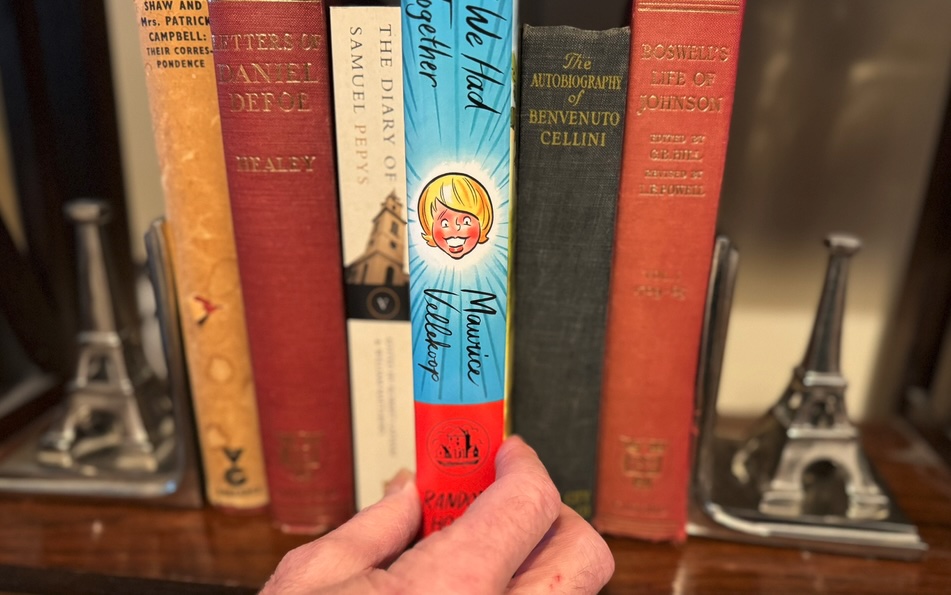
WHITNEY SMITH About your memoir, tell me how did the seed got planted?
MAURICE VELLEKOOP The seed grew out of a midlife crisis. I had been an illustrator for many decades and that industry had been going downhill for many years. In 2012, I was completely out of work and realized I had to do something. I was always drawn comics for Drawn & Quarterly and I wondered if I could go back to that and create a graphic novel. Looking at what was popular, I saw that memoir in prose and graphic novels had been going strong for years, so I started to think about my story: an eccentric family, an eccentric church, the incompatible worlds I grew up in. From a very brief pitch, I got a deal with Pantheon through Chip Kidd, the editor, and the advance was good. But it was really two Canada Council grants and an Ontario Arts Council grant that kept me going. The world of comics is not lucrative. It’s pretty risky.
SMITH So the Canadian artistic support system was a key element to allowing you the time to work on this huge undertaking.
VELLEKOOP I’m so grateful for that, and I honestly mean that from my heart. We are so lucky in this country to have those things. I did apply for a Guggenheim grant but I was turned down.
SMITH You said the book took more than ten years. What happens with the publisher when it takes so long?
VELLEKOOP I signed a contract in 2012, with delivery in 2015. But they were very patient with me, all those years. They never harassed me.
I think this older generation I’m speaking of didn't get it.
SMITH This is a story of immigrant parents from the Netherlands who are devout members of a Calvinist church. Maurice is the youngest of four children. Father is angry but influential to Maurice, and Mother is doing her best to be loving and caring, almost a cliché. Maurice shares many scenes with his mother.
VELLEKOOP Yes, the time with my mother is really the central story.
SMITH The story is a psychological portrait and history of a family, your family, in which you are the artist and gay person. It is a multilayered and emotionally wrenching work and, in my view, very much an epic story in a small community between a religious home in the suburbs and a young man’s career and love life in the gay Toronto. While being a very entertaining comic-art feast, it’s also a narrative with many moving parts. Did you work with an editor?
VELLEKOOP My partner of 22 years is an editor, an amazing editor, and he worked with me a lot.
SMITH That’s easy to tell. It reads to me as a “novel-memoir.” And though the narrative is complex in the way a novel can be, it always holds together.
VELLEKOOP The longest comic I ever wrote before was 10 pages. My agent recommended a book called Story.
SMITH By Robert McKee . . . the legendary Robert McKee.
VELLEKOOP Yes! The way he deconstructs scenes was incredibly helpful to me. I modelled each scene — and did breakdowns of each scene — using his methodology. Subtext and layers and a surprise twist to finish each scene, these are parts of his theory.
SMITH I think it was Brian Moore, the Irish-Canadian novelist, who said something like,“If you can win the trust of the reader in the first 30 pages, then you'll be able to take them all over the place.” You take us in some odd directions. Tell us more about your approach to story-telling.
VELLEKOOP It's very theatrical, based on a four-act structure. In high school I learned a lot about Shakespeare, that came back to me — rising action and the basic classical principles from Greek theatre. The rising action of a hero and forces arrayed around him. The inner forces, the natural forces, the world forces — all acting on Maurice Vellekoop, the protagonist. Each scene has to be more challenging to the protagonist than the one before. It took a whole year to just to write a script.
SMITH Were you drawing during that year?
VELLEKOOP Post-it notes represented each panel. Imagining a panel was easy, it was the writing that was really challenging. As we know, it is one of the worst things to try to do.
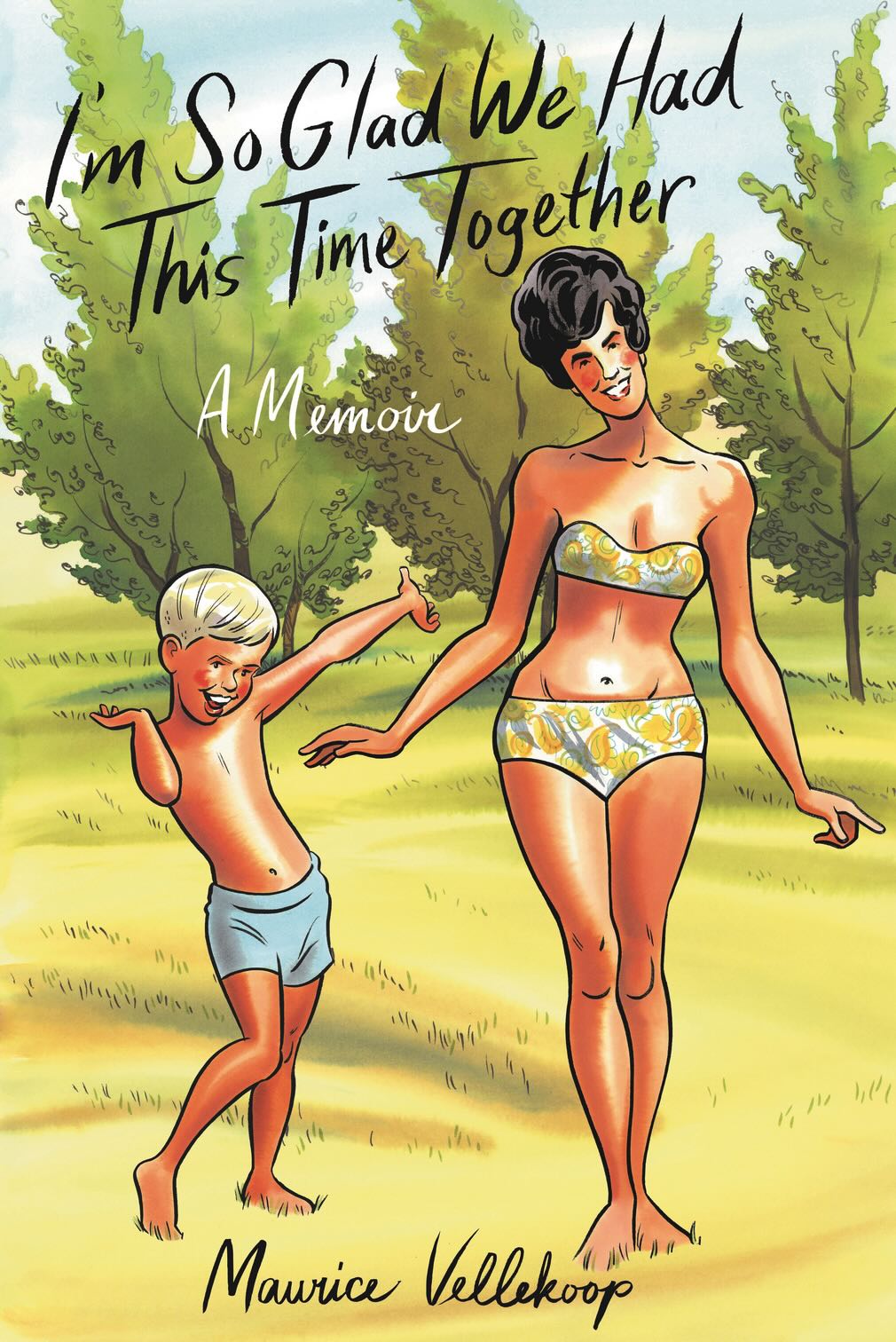
"The time with my mother is really the central story." Calvinist church expectations provided the protagonist with ongoing challenges.
SMITH Do you use aids to help you keep the structure in your head?
VELLEKOOP I use big newsprint sheets pinned to the wall to see the rising action for each act, on four sheets for the four acts — the challenges always increasing for the protagonist.
SMITH Turning the screws on the primary dilemma.
VELLEKOOP Yes.
SMITH This book is a work of self-examination and self-discovery. How much of the story told in the book did you know before you started?
VELLEKOOP The first draft was absolutely dreadful.
SMITH First drafts are shit, said Ernest Hemingway.
VELLEKOOP Yes! I had the basic structure right from the beginning — from my childhood to meeting my partner.
SMITH As well, is it not the protagonist's struggle with his own personal life and the path to love.
VELLEKOOP Yes. And the resolution with my mother, too.
SMITH This is a personal story of a high order, bare-knuckle stuff in terms of wrangling with your demons and disappointments. When you said writing a memoir is one of the worst things anyone can do, I’d agree. How was that process for you?
VELLEKOOP It was all there during the year of just writing, only writing. But it had to be dragged out of me.
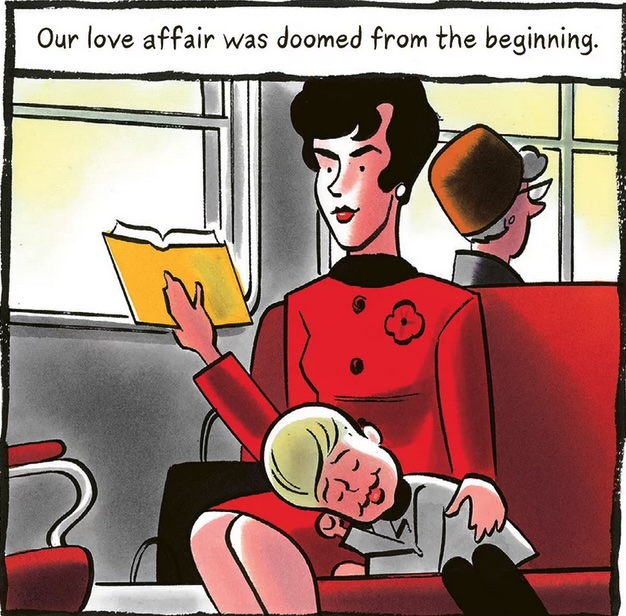
A book strong on structure: the eye of the narrative is deftly trained on the reader
SMITH There is a scene where you are shopping for therapists, very funny — one of many hilarious but also agonizing episodes.
VELLEKOOP That's a funny section, yes.
SMITH There is one therapist in the story who is a key character. Is this person based on the real person?
VELLEKOOP Yes. She's awesome. I was really lucky to find her. A lot of the work was done in therapy, before the book started. I was seeing her while I was writing too, but the bulk of the story is from before. A lot of friends and acquaintances on the island where I live have asked me over the years, “So was writing this book therapeutic for you?” I say, “No. Therapy was therapeutic for me.”
SMITH You present a emotional and psychological struggle that is heartfelt and real, and you bring us into it for a long and rewarding ride.
VELLEKOOP But there were a lot of tears and soul-baring that happened during the writing, too.
SMITH It is also about a child discovering he is gay and what he has to contend with at each stage of a developing awareness of himself. Yet it is not a conventional journey (and perhaps there is no such thing), partly because you were on the periphery of an active gay scene.
VELLEKOOP I was too shy to really participate in any gay scene that was going on in the city. For instance, I’ve never been to a bathhouse. A lot of those older men that survived the AIDS years, they were a bit mystified by me, thinking, “Why is this kid so uptight and unable to tap into his sexuality?” I’m talking about the older friends I had in the 80s who were activists and had founded The Body Politic, the trailblazing Canadian queer newspaper. They felt they had bestowed this world, this paradise; as I said in the book, this paradise of unlimited gay sex with limitless partners. Obviously there are people who were as shy, introverted and fucked up as I was, but I think this older generation I’m speaking of didn't get it.
SMITH What's wrong with you? It's right here, it's all available.
VELLEKOOP What's all this guilt and shame stuff?
If you have experienced periods of depression and you're in it so much, you can get used to it.
SMITH Would you say you're one person who represents many people who are stuck?
VELLEKOOP Sure, yes. I’m starting to hear from people who grew up in my church too, both queer and straight people who were really, really fucked over by that church and the Calvinism. The Calvinism is so rotten. There is a suspicion of pleasure of any kind — a legacy of Calvinism where if you're enjoying something, there must be something wrong with it.
SMITH A perverted notion about the capacity of human beings?
VELLEKOOP Yes, it's tragic. People talk about Catholic guilt, but Protestant guilt is just as bad. And without all of the decoration.
SMITH Martin Luther would sit up in his grave. If we’re honest, the formality and embrace of beauty makes Catholicism look not half bad in comparison.
VELLEKOOP Honest, definitely, yes.
SMITH The formalism of Catholicism spawning, in some cases, the deformity of Protestantism. There many sorts of stories of where people are stuck and they need to find some kind of place in the darkness that makes some sense to them, there's a shape in the darkness that they want to get their hands around. For me that is partly what your story does.
VELLEKOOP Yes. There's two main components of the story: The internal struggle and then the struggle with the family and with faith and Christianity. And there's this other story, an intense involvement in culture, both high and low. Then, in the third section of the book, I’ve sort of given up on love. I don't think that I can get it but maybe there’s a replacement for love in music and opera and ballet, books and cinema. All that stuff is wonderful and great, but it can't really take the place of human relationships. In the final section that was a very, very hard and long lesson to learn. I am not talking about romantic love necessarily, because some people are fine without that. I mean human connection, which is the ultimate thing that we need more than cinema and books and art, lovely as those things are.
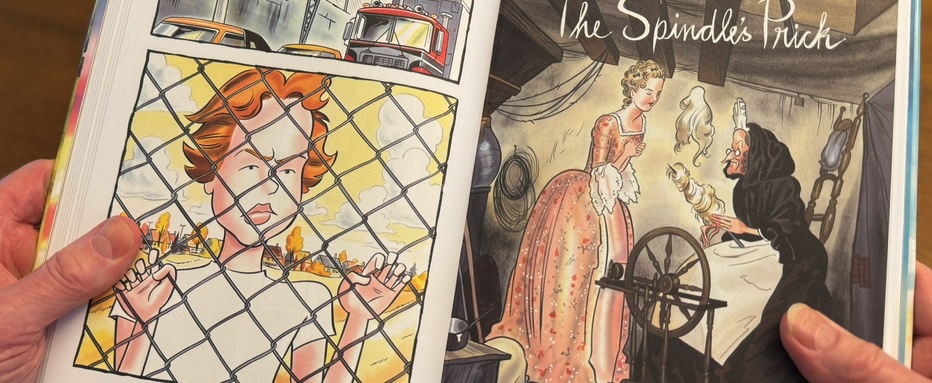
Vellekoop's memoir is full of classic comic book art enriched by his brilliance as an illustrator.
SMITH Of which self-love is to be able to accept it from ourselves.
VELLEKOOP Essential. That's not to say I haven't had incredible experiences in theatres, opera houses and movie theatres, and reading books, all incredible. But the ultimate journey is towards others. Where we’re forced to only connect.
SMITH What did you learn from this whole thing when it was done that you didn’t anticipate at the beginning?
VELLEKOOP Well, at the start it's not always clear what you're doing. No matter how much you think you know and how many post-it notes you put on walls, it's not always clear. I think I am going to start crying. But when we got the blurb from Neil Gaiman, and at the end of it he said, “Most of all, I think, it's about love.”
SMITH It’s true. what he says.
VELLEKOOP If you have experienced periods of depression and you're in it so much, you can get used to it. You can kind of love it in a way, because it's comfortable, and it's your experience. This is a point that's made quite late in the book: I know this depression part, but I don't know this joy and love and fun part. It can be frightening for people. And it can make them stay in the rut because it's familiar.
SMITH The comfort of pain, the familiarity of negative swings.
VELLEKOOP Yes, exactly. That’s something I want people to take away from it too. It’s like stepping off a cliff, but that step can be the best thing that happens to you. It’s what Margaret used to say at the end of every session. As I was leaving the office, she'd say, “Enjoy.” It wasn't specific. It’s such a great sendoff. ≈ç
I’m So Glad We Had the Time Together: A Memoir
by Maurice Vellekoop
Random House (2024), 496 pages.
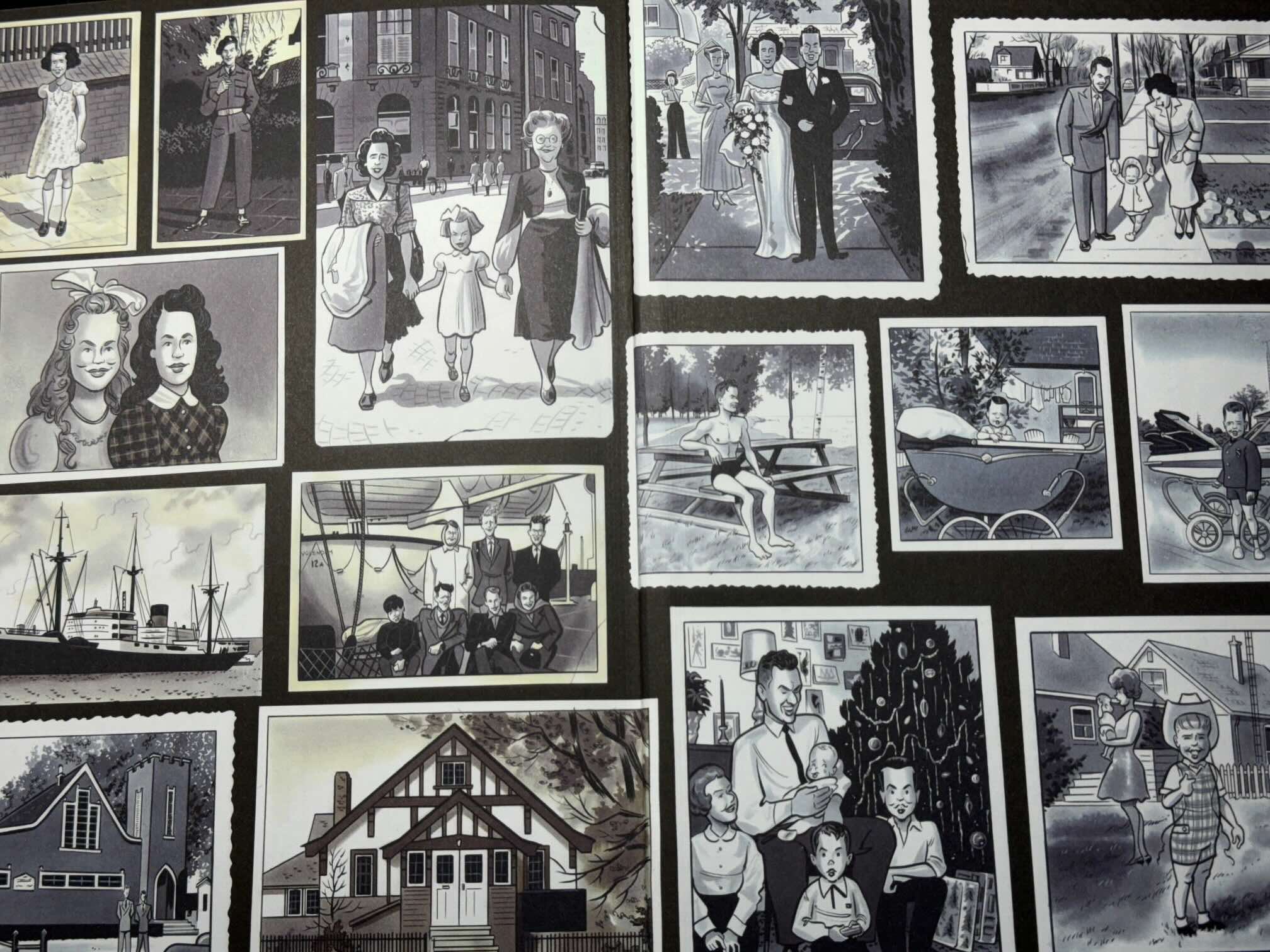

WHITNEY SMITH is the Publisher/Editor of The Journal of Wild Culture.
Photographs by Celia Smith. Book cover photograph courtesy of Random House.

Add new comment